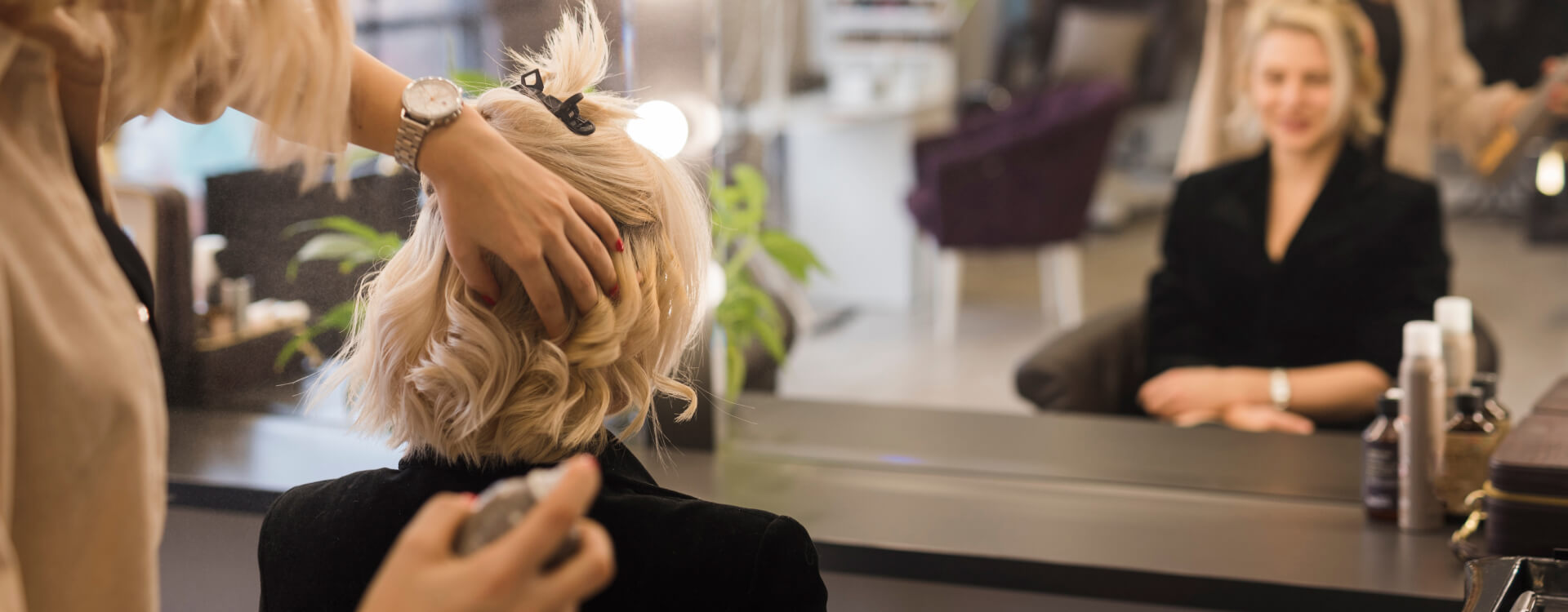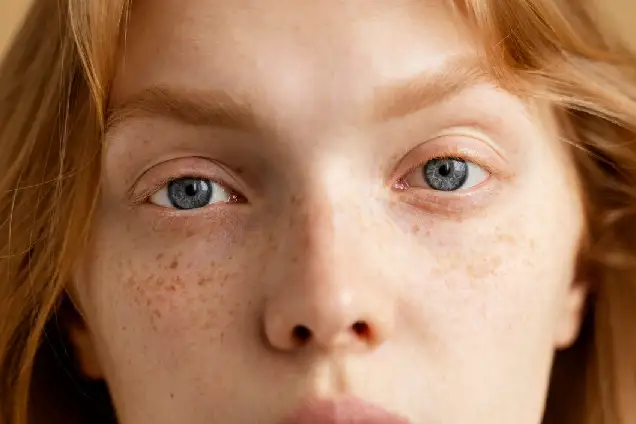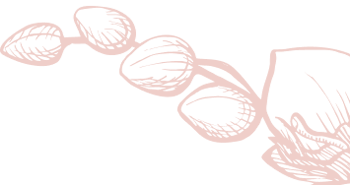
About
Frackels
Brighten your skin and reduce freckles at The Velvet Skin Centre, Indira Nagar, Lucknow. Our expert dermatologist provides safe treatments for smooth, even-toned skin.
Book Appointment NowCall to book Appointment +91 8002558860

About
Brighten your skin and reduce freckles at The Velvet Skin Centre, Indira Nagar, Lucknow. Our expert dermatologist provides safe treatments for smooth, even-toned skin.
Book Appointment NowFreckles are a kind of harmless pigmentation that mainly occur on the face. However, if you wish to remove them, several promising procedures can help you achieve the desired results. For more in-depth information, read the article causes, types and treatment for freckles.

At The Velvet Skin Centre, Indira Nagar, Dr. Asma offers effective freckle removal treatment in Lucknow. Freckles caused by sun exposure or genetics can be lightened or removed with advanced laser therapy and peels. Our safe and personalized treatments restore clear, even-toned skin while enhancing natural beauty. Patients enjoy long-lasting results and renewed confidence in their appearance.
Freckles are small flat spots generally found on sun-exposed sites of your body. They're tan, red, dark brown or light brown.
The Freckles are familiar and aren't a fitness threat. Yet, it is more continually visible in the season of summer.
You're additionally likely to have freckles if you're lighter-skinned and include blond or red hair. However, freckles can appear on anyone and appear as darker brown smudges.
There are two kinds of freckles: solar lentigines and ephelides.
Freckles occur when melanin, the pigment that provides skin with its colour, builds up under the skin. As a result, freckles may look brown, red, or tan.
Sun direction and genetical factors make some individuals more likely to grow freckles:
Someone's skin cells grow extra melanin to cover the skin from sun damage. It is why freckles tend to appear after sun exposure.
Freckles can appear over a large skin area and reappear or become darker in summer. Freckles often fade or disappear in winter, when new skin cells replace old ones.
Freckles grow on spots often uncovered to sunlight, such as the:
Genetics also lead to who is more likely to develop freckles founded on which kind of melanin their body grows.
The body can have two types of melanin named pheomelanin and eumelanin. Eumelanin covers the skin from UV rays, but pheomelanin accomplishes no.
The kind of melanin the body grows relies on a gene called MC1R.
Change in skin colour and shape. Diarrhoea accompanied by freckles is a common symptom. Diarrhoea may be associated with crampy abdominal pain and weight loss. There might be blood or mucus in the stool. Also, skin cancer may be a possible symptom of freckles. It is because moles grow in the affected area of the skin.
Skin specialist rarely treats freckles. Several safe, though costly, strategies are obtainable to help lighten or reduce the impression of freckles. Frequently, multiple or a variety of treatments may be required for the best results. Only some people's skin will enhance with similar treatments, and freckles can usually recur with reprised UV exposures.
About
About
With multiple skin and hair care clinics across Lucknow, including The Velvet Skin Centre led by Dr. Asma – the best skin doctor in Lucknow and a trusted hair specialist doctor in Lucknow – we make expert dermatological treatments easily accessible, ensuring you receive the best care close to home.
Phone: +91 8002558860
Phone: +91 8002558860
Phone: +91 8002558860

Copyright @ 2025 The Velvet Skin Centre All Rights Reserved